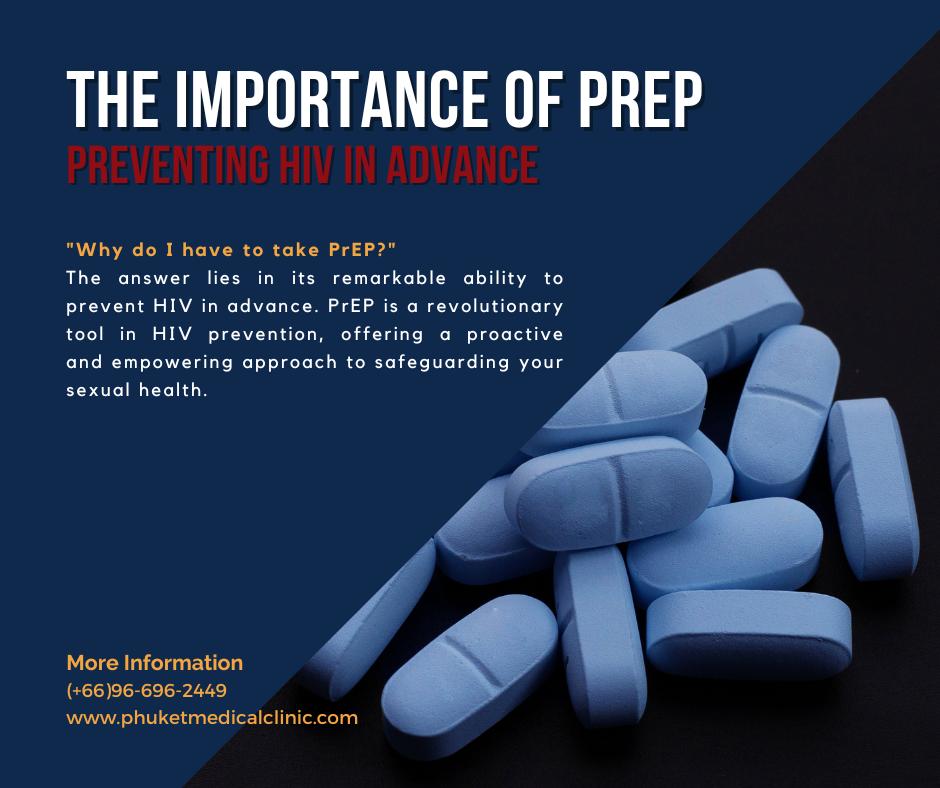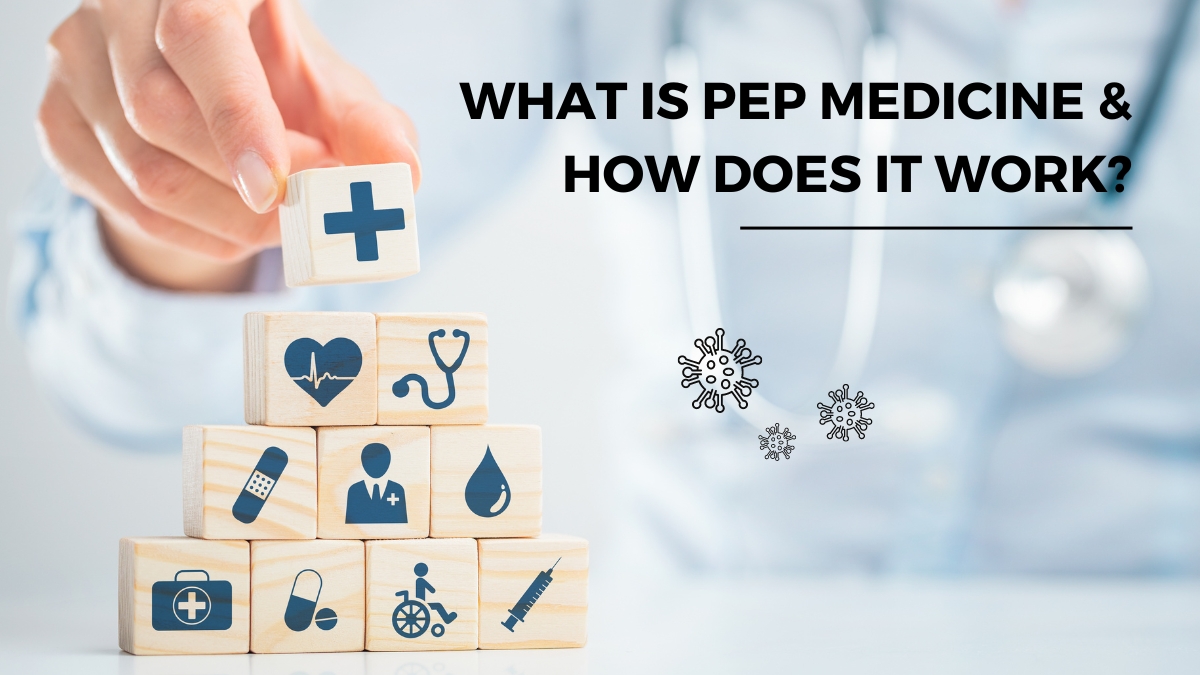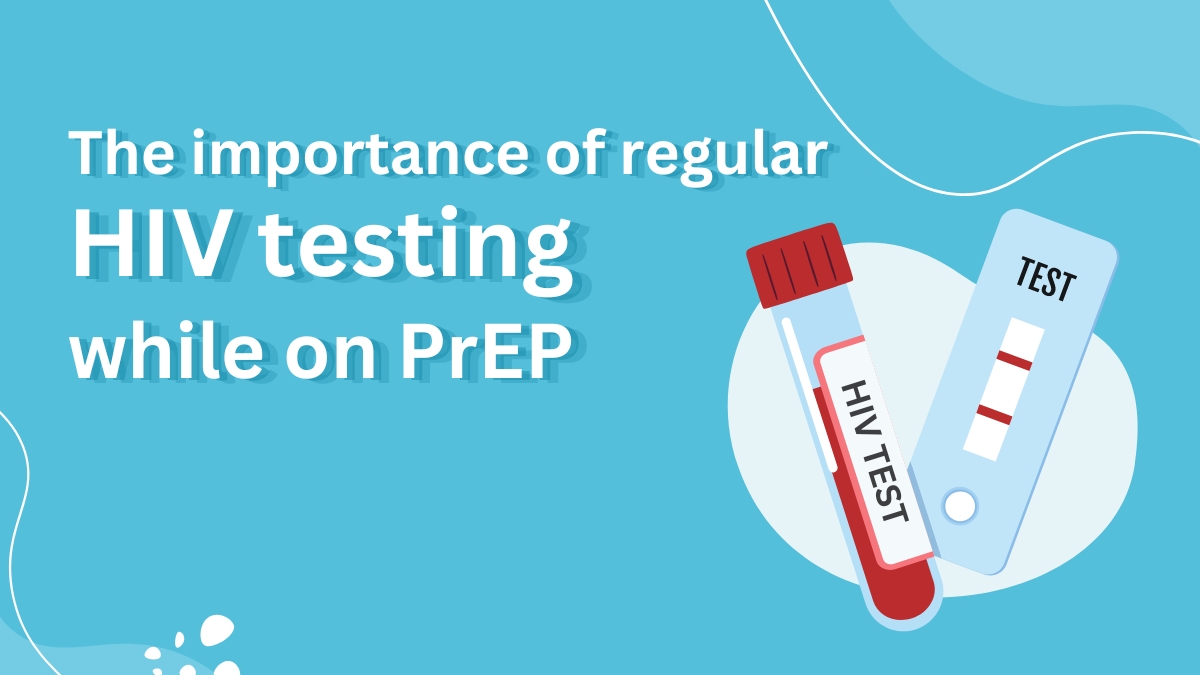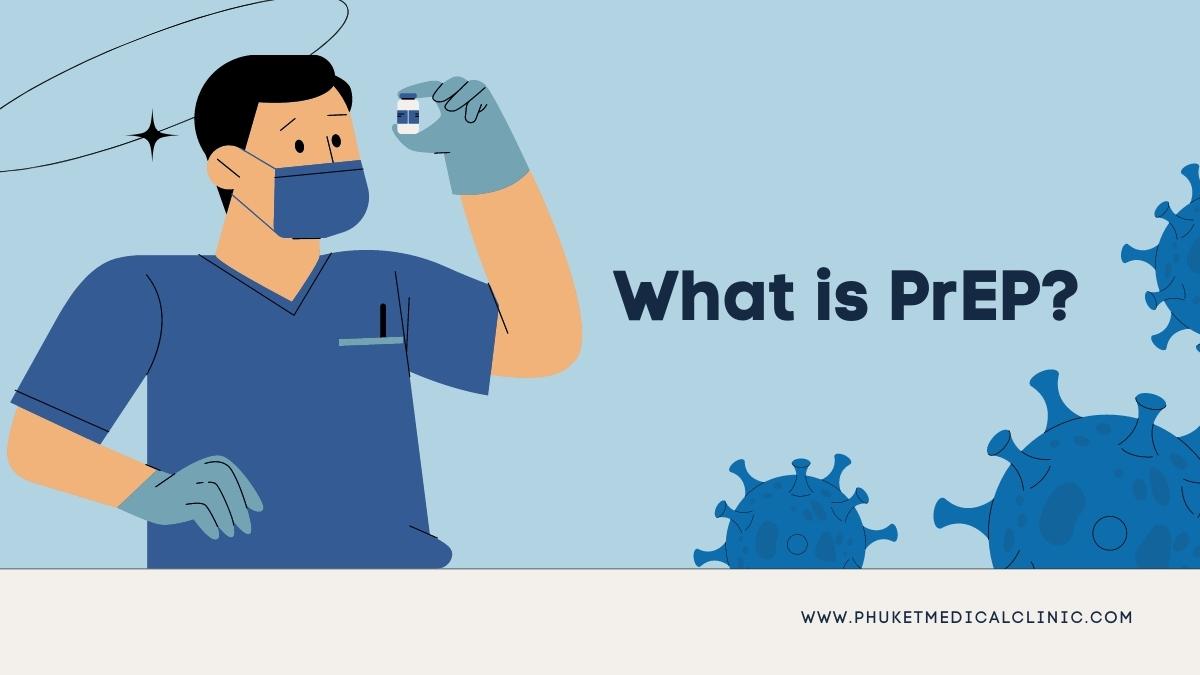In the world of HIV prevention, there has been significant progress over the years. One of the most groundbreaking developments in this field is Pre-Exposure Prophylaxis, commonly known as PrEP. If you’ve ever wondered, “Why do I have to take PrEP?” this article is here to provide you with comprehensive answers. PrEP is a powerful tool that offers a proactive approach to reducing the risk of HIV infection. Let’s explore the importance of PrEP in preventing HIV in advance.
The Crucial Importance of Taking PEP Within 72 Hours
PEP is a short-term antiretroviral treatment designed to prevent HIV infection after a potential exposure. It is typically prescribed for individuals who may have been exposed to HIV through unprotected sexual intercourse, sharing needles, or other high-risk activities. PEP consists of a 28-day course of medication, and its success in preventing HIV largely hinges on prompt initiation.
PrEP and PEP for HIV Infection: Understanding the Key Differences
In the fight against HIV/AIDS, prevention is paramount. Pre-Exposure Prophylaxis (PrEP) and Post-Exposure Prophylaxis (PEP) are two essential strategies that have emerged as powerful tools in reducing the risk of HIV infection. While they share a similar goal, PrEP and PEP are distinct in their approach, administration, and timing. In this article, we will explore these two preventive measures, shedding light on their differences and highlighting their significance in the battle against HIV.
Disadvantages of PEP and PrEP in HIV Prevention
In the ongoing battle against HIV, medical advancements have introduced powerful tools like Post-Exposure Prophylaxis (PEP) and Pre-Exposure Prophylaxis (PrEP) to reduce the risk of HIV transmission. These medications have undoubtedly played a significant role in HIV prevention. However, it is essential to acknowledge that, like any medical intervention, PEP and PrEP come with their share of disadvantages and limitations. In this article, we will explore some of the key disadvantages associated with both PEP and PrEP.
How to Access to PEP (Post-Exposure Prophylaxis)
Access to PEP (Post-Exposure Prophylaxis) medicine is crucial for preventing HIV infection after potential exposure. To obtain PEP, follow these steps. Firstly, seek immediate medical attention by visiting an emergency room or a healthcare provider experienced in HIV care. Explain the circumstances of the exposure and request PEP treatment. If possible, bring any relevant information, such as the time of exposure. The healthcare provider will assess the risk and prescribe a 28-day course of PEP medication. It is essential to start PEP as soon as possible, ideally within 72 hours of exposure. Ensure regular follow-up appointments for monitoring and evaluation. If financial concerns arise, inquire about financial assistance programs or contact local HIV/AIDS organizations for support. Remember, timely access to PEP medicine is critical for its effectiveness in preventing HIV transmission.
What is PEP Medicine & How Does It Work?
Understanding the role of PEP Medicine in preventing HIV infection is of paramount importance in today’s world. HIV remains a significant global health concern, and proactive measures like PEP can make a substantial difference. PEP medicine offers a critical opportunity for individuals who may have been exposed to HIV to take immediate action and reduce their risk of infection. By gaining knowledge about what PEP is and how it works, individuals can make informed decisions about their sexual health and seek appropriate medical assistance in a timely manner. Empowering people with information about PEP medicine helps promote awareness, encourages proactive behavior, and ultimately contributes to the overall efforts in preventing the spread of HIV infection.
The importance of regular HIV testing while on PrEP
Regular HIV testing is an essential component of maintaining sexual health and preventing the spread of HIV, especially for individuals on Pre-Exposure Prophylaxis (PrEP). PrEP is a highly effective preventive medication that reduces the risk of contracting HIV. However, relying solely on PrEP without regular testing may lead to missed opportunities for early detection and timely intervention. Regular HIV testing while on PrEP serves multiple purposes: it helps identify early HIV infection, monitors the effectiveness of PrEP, and prevents the development of drug resistance. In this article, we will explore the importance of regular HIV testing for individuals on PrEP, the benefits it offers, the recommended testing frequency, and the significance of combining testing with PrEP usage. By prioritizing regular testing, individuals on PrEP can ensure their sexual health and contribute to HIV prevention efforts.
What is PrEP?
PrEP (Pre-Exposure Prophylaxis) is a preventive strategy that involves the use of antiretroviral medication to reduce the risk of acquiring HIV. It is highly effective when taken as prescribed, offering protection to individuals at high risk of infection, such as those in serodiscordant relationships or engaging in unprotected sex with multiple partners. PrEP works by inhibiting the replication of HIV in the body, thereby preventing the virus from establishing an infection. This revolutionary approach has shown significant success in preventing new HIV cases and has become an essential tool in the global fight against HIV/AIDS, alongside other prevention methods.








